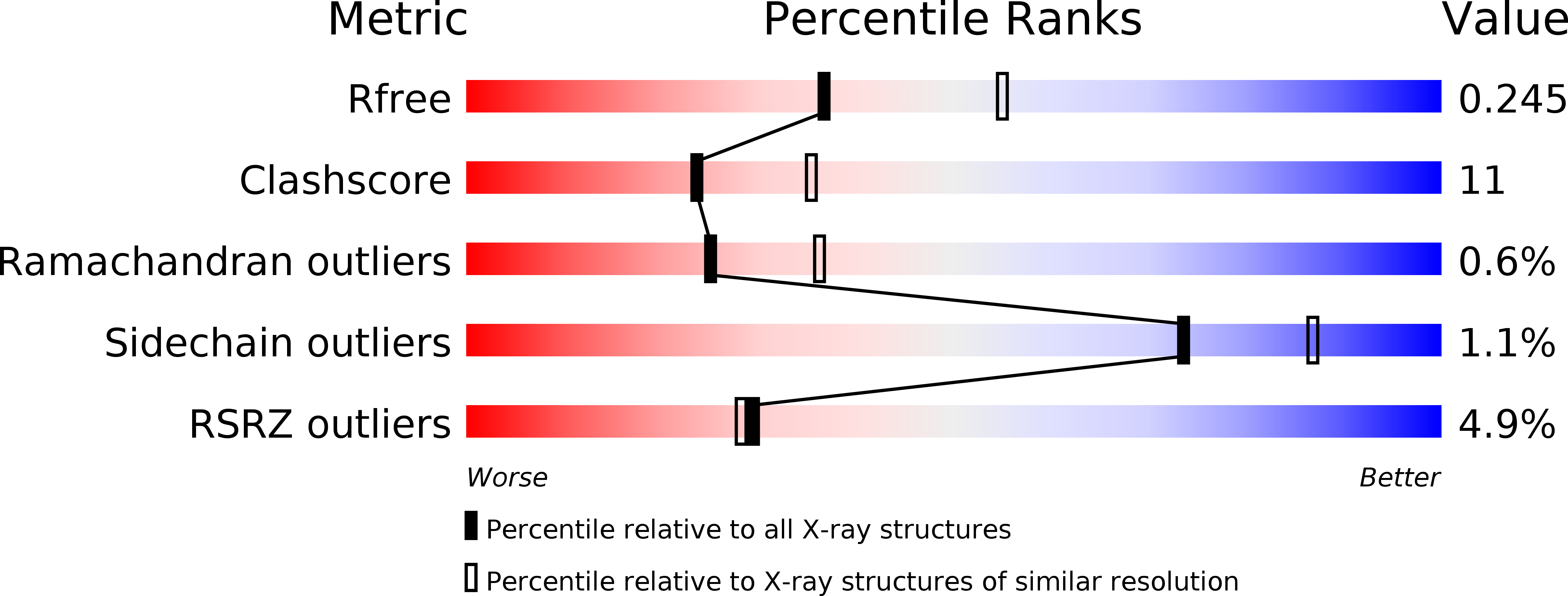
Deposition Date
2014-10-17
Release Date
2015-01-28
Last Version Date
2023-12-27
Entry Detail
PDB ID:
4WOY
Keywords:
Title:
Crystal structure and functional analysis of MiD49, a receptor for the mitochondrial fission protein Drp1
Biological Source:
Source Organism:
Mus musculus (Taxon ID: 10090)
Host Organism:
Method Details:
Experimental Method:
Resolution:
2.40 Å
R-Value Free:
0.24
R-Value Work:
0.20
R-Value Observed:
0.20
Space Group:
C 2 2 21


